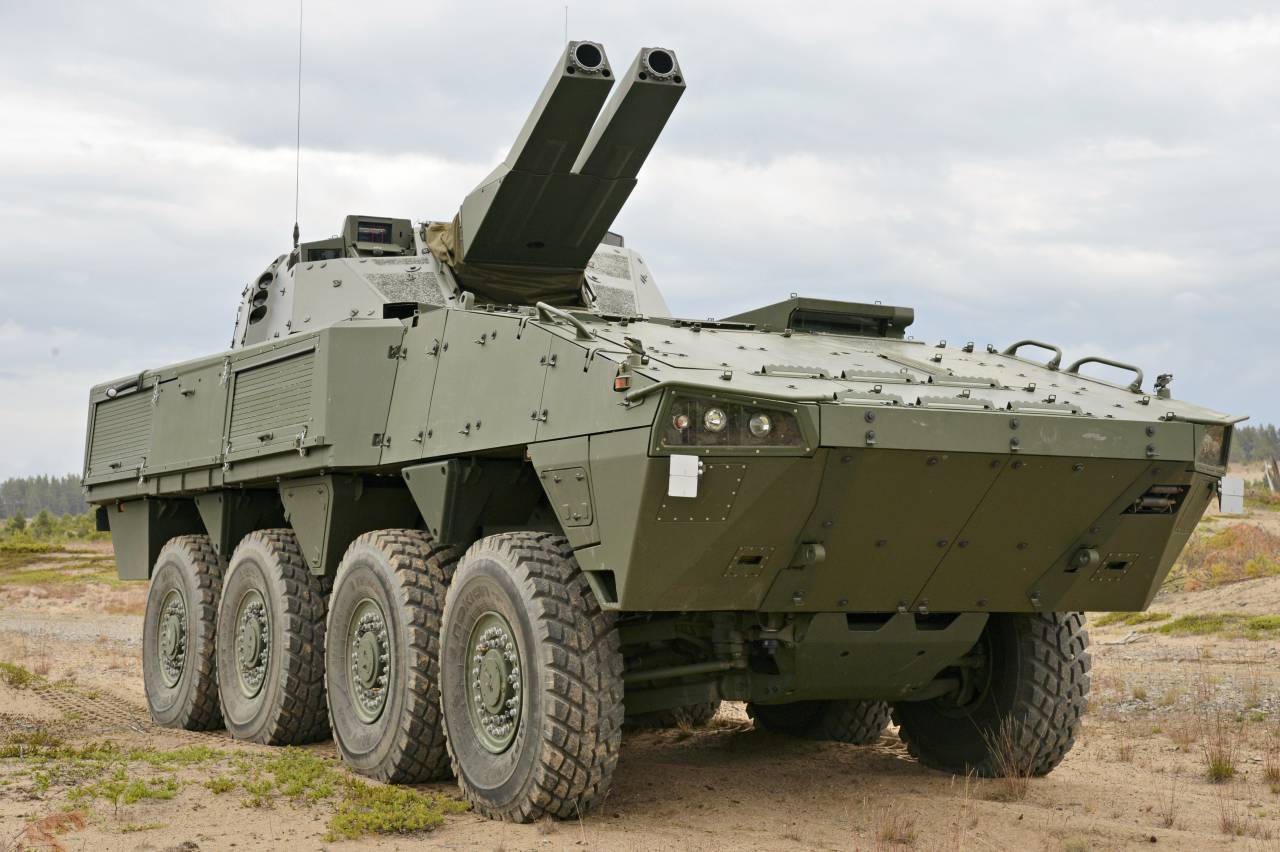The assault is precisely when you most want the 84, it’s primary role should be as a bunker-buster — it is shockingly inadequate as an anti-tank weapon, and although we named it the SRAAW (Medium), that’s because we pressed it into the role that should have been filled by something like Milan.Well then we end up with a weapons det trying to carry enough ammunition to keep the Javelin, the 84, and the C6 supplied. God help them if CQ drops off a C16 for them. Now let's say we have the 84's as a part of a weapons locker for the section. Fine, they probably won't want to carry them on the assault, so where is the weapons locker? Is it in a carrier close by, or is it a few bounds back with the CQ?
I would prefer to see and atgm held at a no lower than company level. That way no one is trying to carry it on the assault, and you aren't loosing section bodies to it. It's also where it can be off set, and given more freedom to hunt for lack of a better term. Sections have their M72s, platoons their 84s, and the company it's ATGM section. The Bn would have it's TOW (maybe), which could be held as a Bde AT Coy.
When we had Eryx we had no choice but to push them down to platoon level, because of the all-too-short range, but Javelin would be a comfortable fit at the company level. But whether held at platoon or company level, the important thing is that a dismounted company needs to be able to hold ground, which you cannot do without ATGM — because without ATGM the enemy can feel safe to standoff armoured vehicles outside recoilless rifle range and freely reduce our defensive positions with direct fire. A reverse slope defence can mitigate that, but not eliminate it. We need to make our infantry dangerous to approach — and 3 Carl Gs per company frontage certainly doesn’t cut it.
There‘s an old line that the Soviets considered the best tank terrain to be that without anti-tank weapons. As it stands, there is a risk that our next enemy believes that terrain is whatever is being held by a Canadian infantry company.



